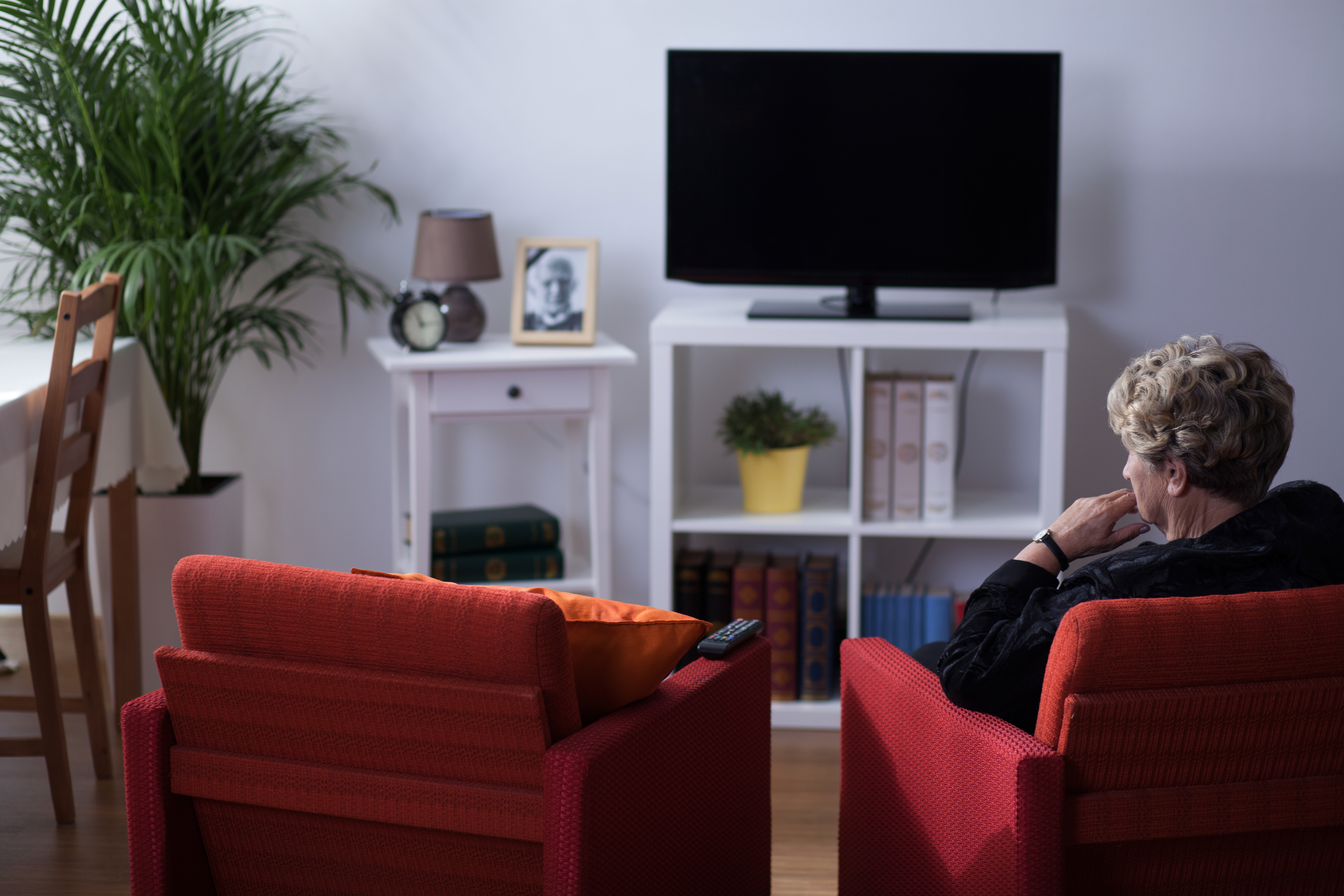
SCOTLAND could have almost half a million elderly people living alone in just over 20 years’ time, figures show.
By 2039, there could be 484,800 people aged 65 and older living by themselves – a rise of 45% from the 333,400 recorded in 2014.
Statisticians at the National Records of Scotland (NRS) have forecast the number of men aged 65 and over living by themselves will increase 85% over the 25-year period, from 102,700 to 190,400.
At the same time, the number of women in this age group living on their own is forecast to increase 28% to 294,400.
The latest household projections for Scotland also show “particularly large” increases in the number of people aged 85 and over living by themselves, with figures for men forecasting a rise from 14,900 in 2014 to 45,400 in 2039, while the forecast for women shows 101,700 on their own in 2039.
Overall, the number of households in Scotland is predicted to grow by 14% over the 25-year period to reach 2.76 million by 2039.
Tim Ellis, NRS chief executive and Registrar General, said: “The figures published today by National Records of Scotland show a projected 345,000 extra households in Scotland in 2039 compared to 2014.
“This is partly because Scotland’s population is projected to increase in this period, but also because of our ageing population.
“Older people are more likely to live alone than younger people, and as more people live alone or in smaller households, the number of households will rise at a faster rate than the population.”
Almost a quarter (24%) of Scots aged 16 and above are forecast to be living alone by 2039, up from 20% in 2014.
Every local authority is expected to see an increase in single person households, with forecasts ranging from a 14% rise in Argyll and Bute to a 50% surge in East Renfrewshire.
In Glasgow in 2039, it is forecast that 50% of all households will be made up of one adult, compared to 41% for Scotland as a whole.
Meanwhile the number of larger households is projected to fall, with families made up of two or more adults living with children expected to decrease by 12% by 2039, making up just 14% of total households by then.
The number of single parent households is forecast to grow 22% over the period from 156,100 to 190,800.
Almost all of Scotland’s 32 local authorities are expected to see the number of households grow, with the largest increases expected in Midlothian (31%), City of Edinburgh (31%) and East Lothian (25%).
Household numbers are expected to fall in three areas – Inverclyde, where a 5% decrease is expected, Argyll and Bute, where a 1% fall is forecast, and the Western Isles, where the drop is predicted to be less than 1%.

Enjoy the convenience of having The Sunday Post delivered as a digital ePaper straight to your smartphone, tablet or computer.
Subscribe for only £5.49 a month and enjoy all the benefits of the printed paper as a digital replica.
Subscribe